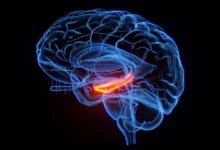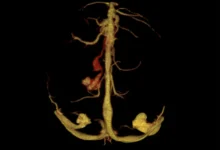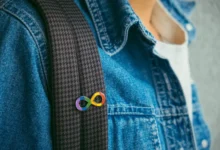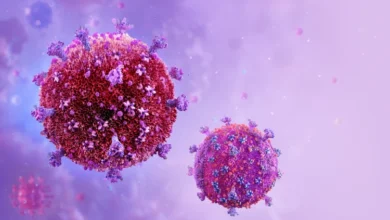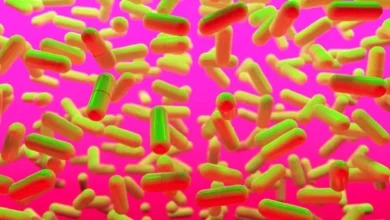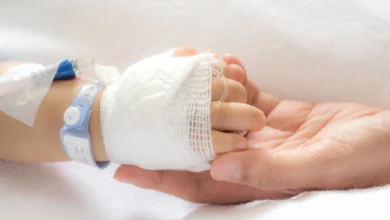UK’s First Baby Born After Womb Transplant
Grace Davidson Gives Birth Using Her Sister’s Uterus, Opening New Possibilities for Women With Uterine Infertility

When Grace Davidson held her newborn daughter Amy for the first time this February, she became the first woman in the UK to give birth following a womb transplant—a moment that took nearly a decade to realize.
Diagnosed with Mayer-Rokitansky-Küster-Hauser (MRKH) syndrome, a rare condition that left her without a functioning uterus, Grace had long been told pregnancy wasn’t an option. But in 2023, she received a womb from her sister Amy, and within months, she became pregnant through IVF. Her daughter, born on February 27, 2025, represents more than a personal milestone—it’s a significant advance in reproductive medicine.
The womb transplant birth is not just a medical success story. It gives hope to thousands of women living with uterine factor infertility (UFI), especially those with MRKH syndrome. In the UK, about 15,000 women of reproductive age are affected, including roughly 5,000 who are born without a uterus.
Surgery, Science, and Sisterhood

In Oxford, a team of over 30 medical staff carried out a 17-hour operation to remove Amy Purdie’s uterus and transplant it into her younger sister. The sisters had spent years navigating options like surrogacy and adoption, but Grace wanted the chance to carry a child herself. She had always felt a “mothering instinct,” she said—something difficult to suppress, and even harder to let go of.
Grace’s pregnancy progressed well, with IVF successful on the first attempt. She experienced her first period within two weeks of the transplant—a crucial sign that the donor organ had integrated successfully.
When baby Amy arrived slightly early at 4.5 pounds via a planned Caesarean section, both parents were present, along with several members of the transplant and fertility teams. The baby’s full name, Amy Isabel, honors her aunt and the lead surgeon, Isabel Quiroga, who spearheaded the operation at Churchill Hospital.
Interestingly, Grace will eventually have the transplanted womb removed—likely after a second child. The reason is to reduce long-term health risks associated with daily immunosuppressants, which are necessary to prevent organ rejection but can increase the risk of cancer over time.
A Global and Growing Field
While this was the first successful womb transplant birth in the UK, the global field is steadily expanding. Since Sweden reported the first successful birth from a womb transplant in 2014, around 135 procedures have taken place in countries such as the US, China, India, and France. Approximately 65 babies have been born worldwide using this method.
In the UK, Womb Transplant UK has permission to carry out 15 transplants as part of a clinical trial. Grace’s surgery marked the first of its kind, followed by three more transplants using wombs donated after death. Each transplant costs around £30,000 and requires stored embryos before approval. The charity has funding for two more and is actively fundraising to continue.
What sets the UK program apart is its focus on both living and deceased donors. Deceased donor transplants involve additional legal and ethical hurdles, including consent from families. However, they also eliminate risks to a living donor, making them an important avenue for the future.
The Bigger Picture
Medical experts agree that this birth marks a “huge milestone” for reproductive healthcare in the UK. According to Stuart Lavery, consultant at UCLH, the achievement reflects not only scientific progress but also the resolve of patients and medical teams to push boundaries.
Still, womb transplantation is not without challenges. It remains a complex, expensive, and resource-intensive procedure. Long-term data on risks and outcomes are still emerging. Immunosuppressive therapy, surgical risks, and psychological tolls must all be considered. Yet, for women like Grace, the ability to carry and deliver a child is worth the complexity.
Grace and her husband Angus, who described the experience as overwhelming and deeply emotional, hope their story will offer new hope to others. And with baby Amy now safely at home, that hope is no longer theoretical—it’s living and breathing in the arms of her parents.
[Source]

